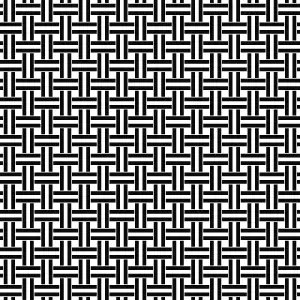Bust Fruit Fly Infestations with This DIY Fruit Fly Trap for Your Home!

Fruit flies, scientifically known as Drosophila melanogaster, are tiny insects that are attracted to ripened fruits and vegetables. They reproduce rapidly, with females laying up to 500 eggs at a time. These pests can quickly infest your kitchen, pantry, and even trash cans, making them a common nuisance in households. While fruit flies are not harmful to humans, their presence can be unsanitary and bothersome. To tackle this issue effectively, a DIY fruit fly trap is a cost-effective and eco-friendly solution that can help eliminate these pesky insects from your home.
Materials Required for Making a DIY Fruit Fly Trap
To create a DIY fruit fly trap, you will need the following materials:
1. A small jar or container
2. Apple cider vinegar or red wine
3. Dish soap
4. Plastic wrap or a piece of paper
5. Rubber band
These simple materials are all you need to effectively trap and eliminate fruit flies from your home in a safe and natural way.
Step-by-Step Instructions for Constructing the Trap
1. Start by cutting a piece of paper into a funnel shape, ensuring that the opening is wide enough for fruit flies to enter but narrow enough to prevent their escape.
2. Place the funnel into a jar or bottle with a small amount of apple cider vinegar at the bottom. The sweet smell will attract the fruit flies.
3. Secure the funnel in place by taping or stapling it to the rim of the container, making sure there are no gaps for the fruit flies to escape.
4. Add a drop of dish soap to break the surface tension of the vinegar, causing any trapped fruit flies to sink and drown.
5. Place your DIY trap near areas where you've noticed fruit fly activity, such as near ripe fruits or compost bins.
6. Check and empty the trap regularly, replacing the vinegar as needed to maintain its effectiveness in trapping fruit flies.
By following these simple steps, you can effectively combat fruit fly infestations in your home using a cost-effective and eco-friendly DIY trap.
Placement and Maintenance Tips for Effective Results
To maximize the effectiveness of your DIY fruit fly trap, place it near areas where fruit flies are commonly seen, such as near fruit bowls, garbage cans, or compost bins. Ensure that the trap is placed on a stable surface and away from direct sunlight.
For maintenance, check the trap regularly to see if it needs to be emptied and refilled with fresh bait. Fruit flies are attracted to fermenting fruits and vegetables, so make sure to replace the bait every few days to keep it enticing for the flies. Additionally, clean the trap with warm soapy water between refills to prevent any build-up that could deter fruit flies from entering.
By following these placement and maintenance tips, you can ensure that your DIY fruit fly trap remains effective in capturing and eliminating these pesky insects from your home.
Benefits of Using a Homemade Fruit Fly Trap
1. Cost-effective Solution: Making your own fruit fly trap using household items is a budget-friendly alternative to purchasing commercial traps, saving you money in the long run.
2. Environmentally Friendly: Homemade traps reduce the need for harmful chemicals or pesticides, promoting a more eco-friendly approach to pest control in your home.
3. Customizable Design: DIY traps can be tailored to suit your preferences and needs, allowing you to experiment with different bait options and trap designs for optimal effectiveness.
4. Safe for Pets and Children: Homemade traps typically use non-toxic ingredients, making them safe to use around pets and children compared to chemical-laden alternatives.
5. Sustainable Pest Management: By consistently using homemade fruit fly traps, you can help manage infestations in a sustainable manner without relying on single-use products that contribute to waste.
Incorporating a homemade fruit fly trap into your pest management routine not only helps keep your home free from pesky flies but also aligns with environmentally conscious practices for a healthier living environment.
In conclusion, fruit flies can be a nuisance in the kitchen, but with the simple DIY trap outlined in this article, you can effectively control and eliminate infestations. By using common household items like vinegar and dish soap, you can create a cost-effective solution that is safe for your family and pets. Regular maintenance of the trap will ensure continuous protection against fruit flies. Remember to keep your kitchen clean, dispose of overripe fruits promptly, and seal food containers tightly to prevent future infestations. With a proactive approach and the use of homemade traps, you can enjoy a fruit fly-free home environment.
Published: 25. 03. 2024
Category: Home



